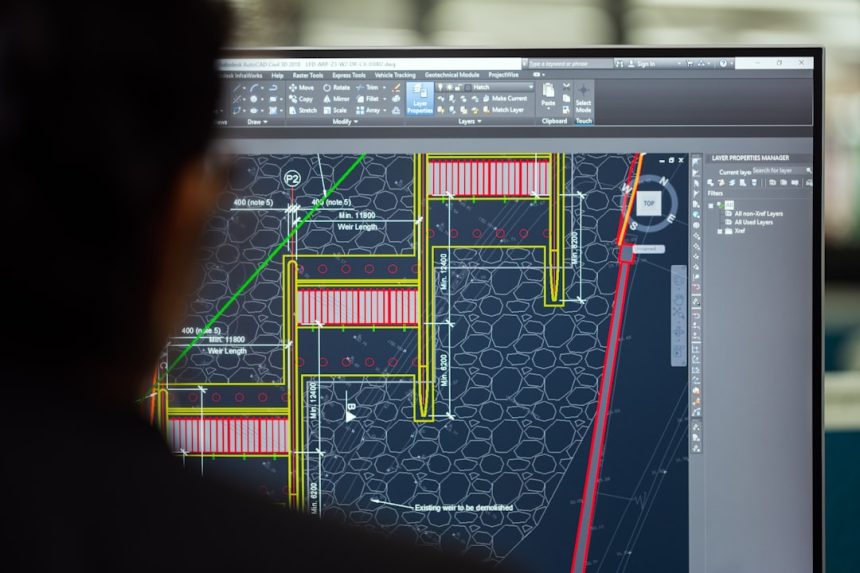In the world of software development, having a well-defined process is crucial to ensure successful project delivery. One critical component that supports a streamlined development process is the SDLC checklist. The Software Development Life Cycle (SDLC) represents a structured approach to software creation, encompassing several stages from initial planning to final deployment and maintenance. A checklist crafted for each phase of the SDLC ensures that quality, security, and project requirements are met consistently across the board.
What is an SDLC Checklist?
An SDLC checklist is a comprehensive list of tasks, deliverables, and best practices tailored to each phase of the software development lifecycle. It provides a standardized way for teams to monitor their progress, adhere to compliance standards, and maintain the quality of their software products. This checklist acts as a roadmap, reducing the risk of errors and miscommunication while improving transparency among stakeholders.
[ai-img]software development, software planning, sdlc phases[/ai-img]
Key Stages Covered in an SDLC Checklist
The typical SDLC consists of multiple phases. Below are the key phases and what each SDLC checklist should generally include:
1. Planning
- Project feasibility analysis completed
- Stakeholder requirements collected
- Risk assessment conducted
- Project scope and schedule documented
2. Requirements Analysis
- Functional and non-functional requirements defined
- Approval from stakeholders received
- Traceability matrix created
3. Design
- System architecture and design documented
- UI/UX mockups created and reviewed
- Data models defined
- Security standards reviewed and included
4. Implementation (Development)
- Code adheres to defined standards
- Unit tests written and passed
- Source code reviewed and approved
- Version control used consistently
5. Testing
- Test plan and test cases developed
- Regression and performance tests conducted
- Defects logged, tracked, and resolved
- Test reports reviewed and approved
6. Deployment
- Deployment plan reviewed and finalized
- Backup and rollback plans completed
- System go-live checklist validated
- Monitoring tools set up
7. Maintenance
- Post-deployment support in place
- Bugs and enhancement requests documented
- Updates and patches scheduled
- Performance analytics reviewed
[ai-img]software maintenance, bug tracking, user support[/ai-img]
Benefits of Using an SDLC Checklist
Utilizing an SDLC checklist offers several advantages:
- Improved consistency: Standardized operations reduce variability and improve predictability.
- Higher quality: Ensures thorough validation and verification at each step.
- Better risk management: Helps identify and mitigate risks early in the project life cycle.
- Regulatory compliance: Supports adherence to security, privacy, and quality standards.
Customizing SDLC Checklists
While there are many generic SDLC checklists, it’s essential for organizations to customize them according to their unique processes, technologies, and compliance needs. Agile environments, for instance, may tweak the checklist to be more iterative with continuous integration points. Additionally, specialized domains like healthcare or finance might require industry-specific validations, which must be integrated into the standard SDLC checklist.
Conclusion
An SDLC checklist is more than just a task list—it’s a strategic tool that empowers developers, testers, business analysts, and project managers to work in harmony. By enforcing consistency and accountability at every stage of development, organizations can produce robust, secure, and user-ready software solutions more efficiently.
FAQs
- Q: Is an SDLC checklist required for all software projects?
A: While not mandatory, using an SDLC checklist is highly recommended to ensure consistency, quality, and compliance in software projects. - Q: Can SDLC checklists be used in Agile methodologies?
A: Yes, Agile teams can adapt the checklist to suit iterative cycles and fast-changing environments. - Q: Who is responsible for creating and managing the SDLC checklist?
A: This responsibility typically falls to project managers or QA leads, but it often involves input from cross-functional teams. - Q: How frequently should the checklist be updated?
A: The checklist should be reviewed and updated at the end of each project or in response to new regulations, tools, or processes. - Q: What tools help manage SDLC checklists more effectively?
A: Tools like Jira, Confluence, Trello, or custom internal dashboards help teams collaborate and track checklist items efficiently.









